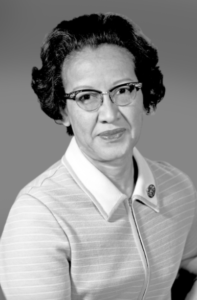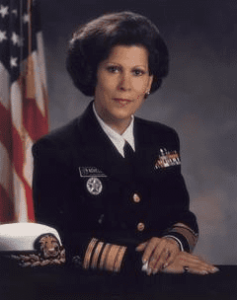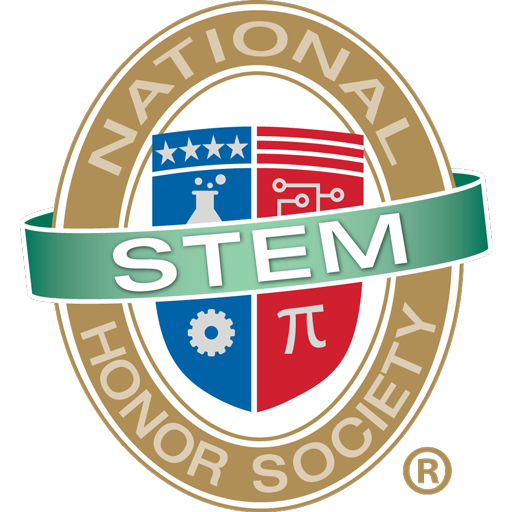
Since 1987, March has marked the beginning of Women’s History Month, a celebration of the vital role of women throughout history. The entire month acknowledges the contributions of women in culture, society, and at the forefront of history-making moments. To commemorate this, NSTEM celebrates five underrated women in STEM who have truly defined what it means to make history.

Katherine Johnson
- At the young age of fifteen, Johnson enrolled at West Virginia State University.
- She would later go on to earn a graduate degree in mathematics. Several years later, she became a research mathematician at the Langley Research Center.
- She also began working for the National Advisory Committee for Aeronautics (the agency that existed prior to the establishment of NASA).
Later, she was asked to join an all-male flight research team on which her computations influenced every major space program, including Project Mercury — the first man-in-space mission — and Apollo 11! Her impact and intelligence received proper recognition in the 2016 film, Hidden Figures.
Katharine Burr Blodgett
Katharine earned a bachelor’s degree and later went on to earn a master’s degree from the University of Chicago before becoming the first woman to ever earn a doctorate from Cambridge University. She went on to become the first female scientist hired at the General Electric research lab.
As an expert in engineering and chemistry, Blodgett developed the first-ever system for the creation of non-reflecting glass. Her work was mainly focused on wartime technology like improving the effectiveness of smoke screens, and she helped with meteorological sciences by developing a device to measure humidity. Her many accomplishments set the stage for the future of women in STEM.

Grace Hopper
Dubbed as the “Queen of Code”, Hopper was a mathematician, computer programmer, and a formidable military leader. She graduated from Vassar in 1928 and went on to earn both a master’s and a doctorate in mathematics from Yale a few years later.
She put her programming skills to good use while serving in the Navy in World War II where she “helped build Mark I, one of the world’s earliest computers. After the war, she continued her work at Harvard on Mark II and Mark III.” She finally retired from the Navy in 1986 but her work as a STEM genius continues to inspire others.
Nettie Stevens
- In 1896, Nettie Stevens attended Stanford University where she earned a bachelor’s degree and a master’s degree in biology. Later, she went on to pursue a doctorate in biology at Bryn Mawr College in Philadelphia.
She had always been passionate about cytology and the regenerative process; one of her main discoveries were the X and Y chromosomes.
- This breakthrough was described as being “the culmination of more than two thousand years of speculation and experiment on how an animal, plant, or human becomes male or female.”
- It also led to a series of other scientific milestones such as the establishment of the connection between a chromosome and a heritable characteristic.

Antonia Novello
Ever since she was a young girl, Novello knew that she wanted to become a doctor to help save lives. She earned an M.D. from the University of Puerto Rico. She then completed her medical training at the University of Michigan where she specialized in nephrology.
Over three decades, Novello specialized in public health, pediatric AIDS, organ transplants and more throughout her medical career. In 1990, President George Bush appointed her as Surgeon General of the United States. Not only was she the first woman to hold that office, but she was also the first person of Hispanic heritage to do so.
To learn more about a Woman’s Importance in STEM from the leaders of STEM Education, register for our free webinar, STEMulating Conversations, today!
Written by Olivia Kirven
Visit the NSTEM page for more posts about our STEM community!

